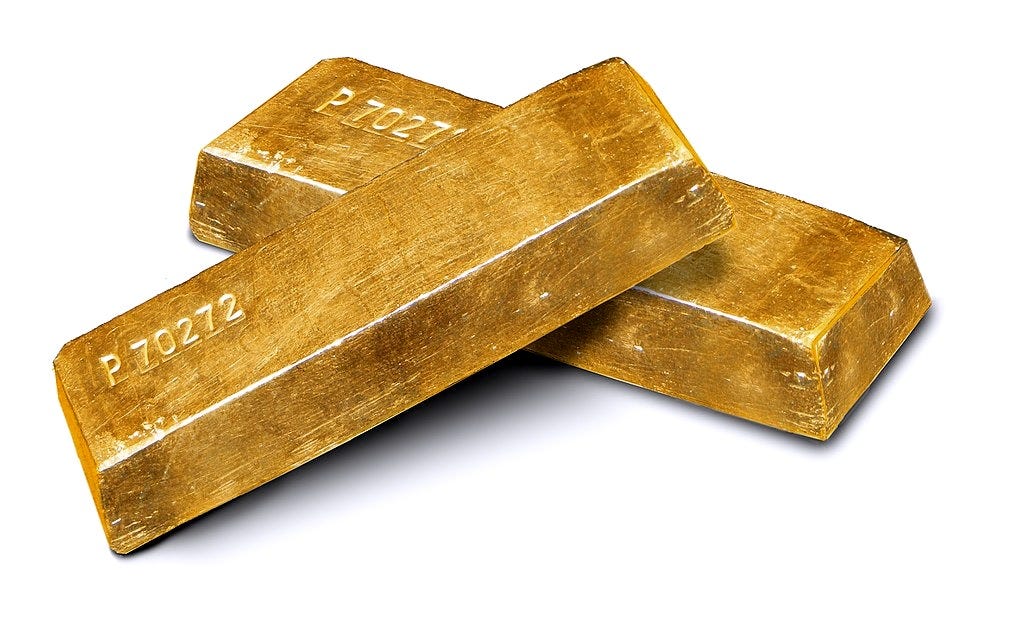Gold’s Resurgence Amid Waning Trust in U.S. Institutions
Central banks are hoarding bullion not for inflation, but out of doubt in America’s fiscal discipline and institutional credibility.
Gold, the ancient store of value, is enjoying a new moment of geopolitical prominence. Central banks—from Ankara to Beijing—are buying the metal at record levels, motivated less by inflation and more by doubts about America’s ability to sustain its global role. Washington’s ballooning debt, political polarization, and increasingly visible challenges to the Federal Reserve’s independence have raised questions about the durability of the dollar-based order.
For decades, the dollar was not just a currency but a strategic anchor. Its dominance in trade and reserves allowed the United States to project financial power as effectively as military might. But recent trends suggest a fraying consensus. The 2008 financial crisis was the first great shock. The sanctions tsunami unleashed after Russia’s invasion of Ukraine accelerated the search for alternatives, as countries realized how vulnerable they were to dollar-based enforcement. Gold, unlike fiat money, is immune to politics.
The surge recalls the Cold War era, when states hoarded bullion as insurance against superpower confrontation. Today, the anxiety is not about nuclear brinkmanship but about fiscal and institutional fragility inside the U.S. itself. If Washington appears unable to manage its own finances or safeguard the neutrality of its central bank, allies and rivals alike will hedge.
Our Take: America’s greatest strength—the credibility of its institutions—is slowly being tested. Gold’s resurgence is less about the metal itself than the doubts it signals. The thin red line here is between temporary turbulence and a deeper erosion of faith in the dollar system.

